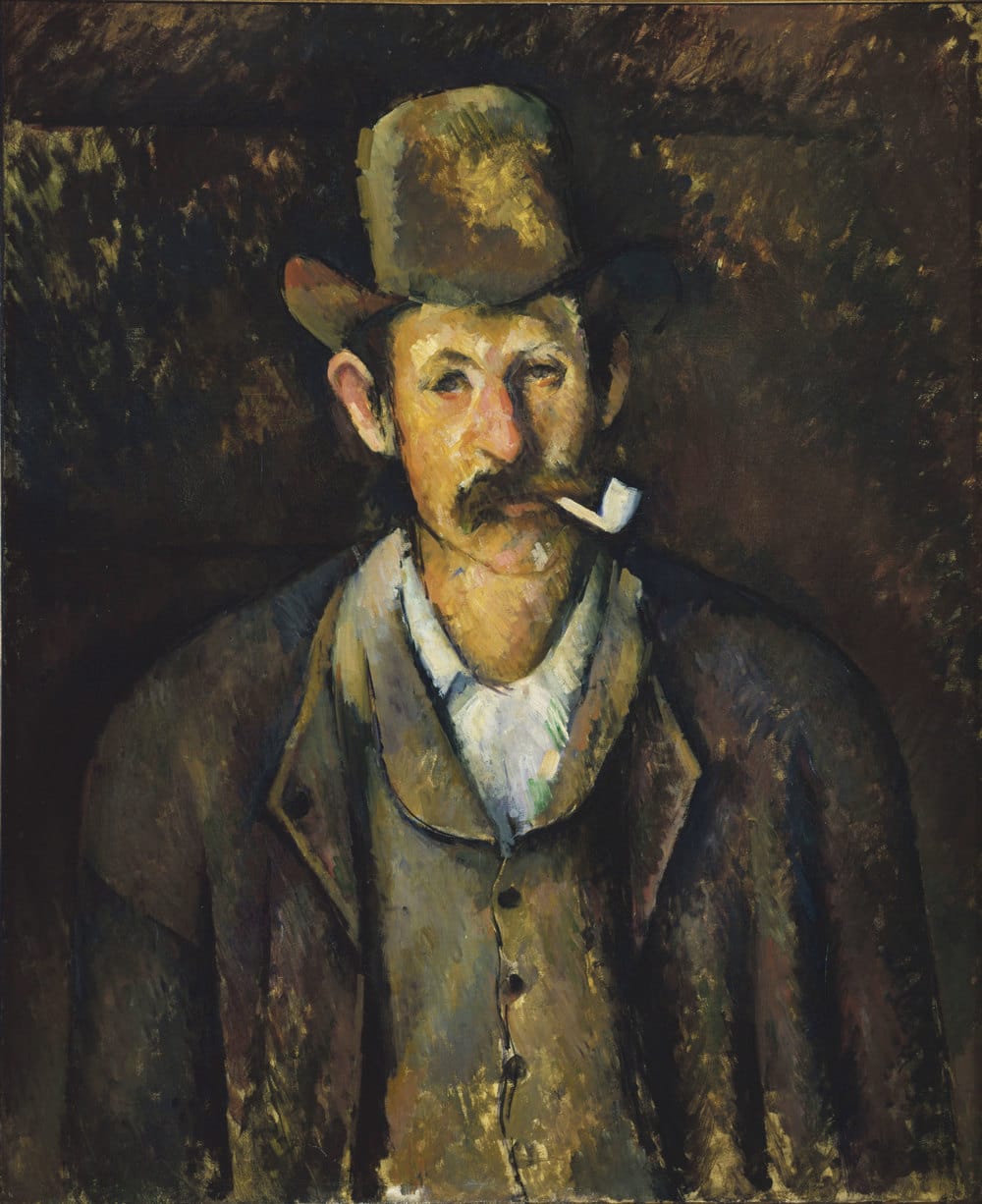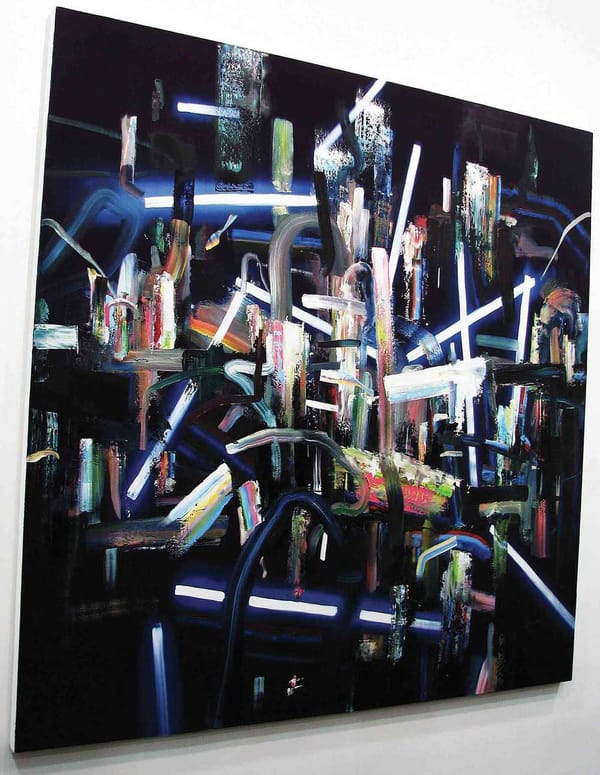What's new about Cézanne?
It’s more than 100 years since Cézanne, one of the great French post-impressionist painters died, so how much more is there to say? Find out at the Courtauld Gallery

Best known for his instantly recognisable still lifes, the Courtauld’s latest exhibition instead focuses on Cézanne’s depictions of people at play. His models were peasant farmers from his own estate, about whom the exhibition provides some intriguing snippets of information. They are pictured smoking and playing card games together, but Cézanne endows them with a gravity and concentration of purpose totally unlike the depictions of the ‘immoral’ behaviours of peasants usual at this time (a second room houses many examples of such works from the 16th and 17th centuries). Cézanne himself said, “I love above all else the appearance of people who have grown old without breaking with old customs”. His rough brush stokes and strong lines lend the peasants a rugged, stoic air and there is a stillness similar to that of his still lifes suggesting the timelessness of the scene. The mix of colours blended carefully to make each block of colour are beautiful, although the compositions sometimes appear a little off balance.
Although there are fewer than 20 works exhibited, they have been brought together from all over the world, including loans from the Musée d’Orsay in Paris and the Met in New York (to where this exhibit moves in the New Year). Three of his five large final canvases are displayed (the others cannot be loaned), along with many intricate studies of the individual farmers in pencil, watercolour and oil - Cézanne produced far more preparatory work for this series than he usually did as he considered his subject very ambitious.
The idea is to enable the visitor to fully appreciate Cézanne’s creative process over the five years during which he produced this series of paintings and I really enjoyed trying to imagine how he worked. (This exhibition has allowed art historians to revise their understanding of the order in which his various paintings were created). There is a relatively in-depth guide to each painting giving insight into its subject and the artistic techniques, which helps as it is necessary to appreciate each painting if you don’t want to leave feeling a little dissatisfied by the small number of works.
This is definitely worth a visit for anyone interested in Cézanne and you will have plenty of time left to visit the rest of the gallery which includes several works by Cézanne’s great influence, Pissarro.








